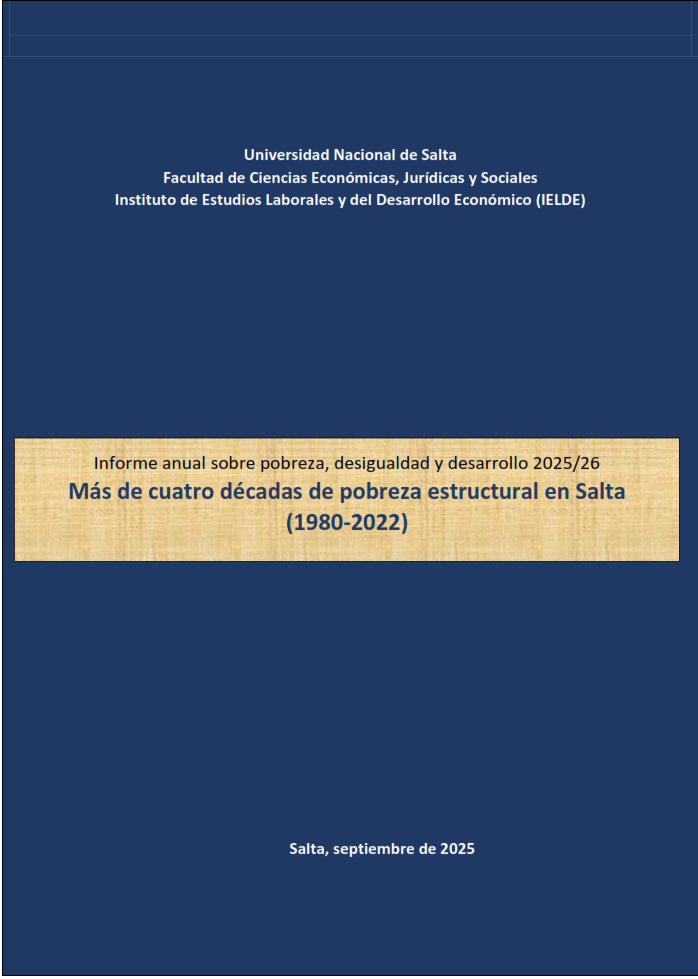Este capítulo analiza la evolución y las características del empleo en el sector formal (SF) de la economía, tanto desde la visión de la informalidad laboral como desde el enfoque del trabajo decente (TD), con el fin de contrastar las diferencias que pudieran existir con el empleo en el sector informal (SI), así como también para identificar si los puestos de trabajo dentro del sector formal son heterogéneos. En este capítulo se abordan las siguientes preguntas: ¿qué características presenta el empleo en el SF? ¿En qué dimensiones se presentan los mayores déficits de TD? ¿Cuáles son los principales diferenciales respecto del empleo en el SI? Y, finalmente, ¿cuáles son los factores que podrían estar detrás de las variaciones en el empleo informal del SF?
Disponible para descarga gratuita AQUÍ.
Most studies evaluating the macroeconomic effects of financial support policies on business-fundedR&D use econometric methods that do not consider the existence of spatial effects, and generate biasedestimates. In this paper, we discus and address this problem using spatial dynamic panel data methods.This allow us to provide new insights on the internal (in-country) and external (out-of-country) effectsof both Research and Development (R&D) subsidies and fiscal incentives. We use a database of 25OECD countries for the period 1990-2009. In relation to internal effects, for both instruments, we find anon-linear relationship between their effect on private R&D and their level (suggesting the possibility ofleveraging and crowding-out effects). We also find a substitution effect between the R&D subsidies andfiscal incentives implemented within a country. Concerning the spatial component, we find evidence ofpositive spatial spillovers among private R&D investments. However, our results suggest the existenceof competition/substitution effects between national R&D policies.
Descargar: Documento completo

